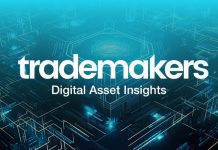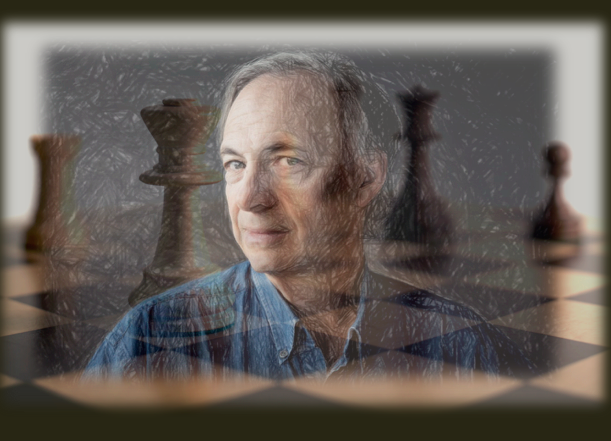As NFTs are increasingly recognised as assets, they also present a conundrum for the investment community. Only popular NFTs are worth investing in, and popular NFTs are not only scarce, but they are also costly. The high price of many NFTs limits the number of people that can invest in them; it also concentrates the risk for those doing so. Both individual and institutional investors should know about the right ways of entering the NFT investing game. Let’s start.

Shares – Fractional Ownership
One solution is the establishment of funds that own a portfolio of NFTs, in which individual investors can own shares. Another is shared ownership – fractionalisation of NFTs.
Fractionalisation is an ancient practice related to financial securities, which splits the asset into parts with different owners. Buying a share in a company is purchasing a fraction of its ownership. This approach can widen the pool of potential investors, enabling more people to invest a lesser sum. It also can increase the total sum invested by allowing for shares to be traded.
Whilst NFTs are inherently non-fungible and indivisible, it is possible to split the ownership of an NFT. Ownership can be divided using fractionalisation, which can be programmed in the NFT or managed by a third party. Alternatively, by layering, where one party has overall ownership and sells specific aspects or layers of an NFT.
Fractionalisation allows users who have been previously priced out of certain NFTs or artists (such as Beeple) to buy a piece of their work. It also allows the NFT holder to see some liquidity from their asset without selling the entire article.
Several DeFi platforms enable this, and some DeFi platforms even offer the possibility of using a percentage of an NFT as collateral. Projects like NFTX and Niftex allow users to leverage functionality supported by the ERC20 standard to issue ‘fractions’ of their NFTs into thousands of ERC20s (cryptocurrency equivalent), allowing investors to own and trade them on an open market.
According to Cryptovantage:
“Fractional NFTs also bring about a great deal of liquidity to the NFT marketplace. While NFTs are hot right now, their non-fungibility will ultimately lead to a lack of liquidity on most of the NFT marketplaces popping up right now. With fractional NFTs, liquidity can be sustained whereby smaller investors can participate as opposed to only having the participation of a few deep-pocketed collectors. The fungible tokens created by the smart contract to represent ownership in the NFT can be traded on other secondary platforms to further add liquidity.”
Gold Plated NFTs – NFTs backed by Commodities
Another challenge is that as virtual objects, most NFTs have no exchangeable value in the real world. One solution is to use gold, silver, and other commodities to create a tangible value associated with an NFT.
Bullionix is an NFT-gold project providing 3D digital collectables backed by real gold. In Bullionix one can choose the casting mould, then the platform enables the melting down of the gold, and the customer can then own the resulting collectable to display, share, or sell. All are powered by Ethereum’s NFT standard and Digix smart gold.
DigixDAO (DGD), which was suspended temporarily in 2022, is building a DAO that specialises in tokenising physical assets. The project provides the infrastructure to create tokens backed by physical assets on the blockchain.
In collaboration with Digix, Bullionix supports the creation of NFTs backed by Digix’s gold tokens (DGX). One DGX token is backed by 1 gram of gold, such that the NFT itself is backed or pegged to its DGX/gold value. Since January 2022, they are working towards reviewing license requirements under the Singapore Payment Services Act.
According to Coincu: “Because of their tokenization, gold tokenized NFTs have a high level of liquidity. The asset’s worth suggests that gold of equivalent value is stored in a secure vault to back its digital value. The owner can request the backing gold asset at any time during ownership, after which the NFT will no longer exist on the platform. By giving the provenance of ownership, the liquidity of NFTs allows the user to own the physical item outside of the blockchain wallet.”
Fund Management – Crypto Asset Funds
A specific and active segment of the DeFi sector is fund management. A growing number of Investment firms have an exclusive or concentrated portfolio of NFTs, including:
Flamingo – An NFT-focused DAO exploring emerging investment opportunities for ownable blockchain-based assets representing digital or real-world assets.
Metapurse – A crypto-fund financed by Metakovan and operated jointly with Twobadour. Metapurse recently showcased its NFTs within a virtual Metaverse.
The Vault – Producers of the $WHALE token “The World’s first social currency backed by high-value assets.” The Vault holds some of the rarest and most valuable NFTs across blockchain gaming, digital art, virtual real estate, and other highly coveted digital collectables. The Vault is audited regularly by the reputable NonFungible.com team to provide clarity and transparency to all $WHALE holders.
Conclusion
Many of these funds blur the lines between investor and builder – often built using the very projects they have invested in. New ways of investment are going to be a building block of the Metaverse. This means that DeFi is not going away anytime soon. Watch this space, as it will certainly grow significantly in the coming years, or even months.
HedgeThink.com is the fund industry’s leading news, research and analysis source for individual and institutional accredited investors and professionals






































